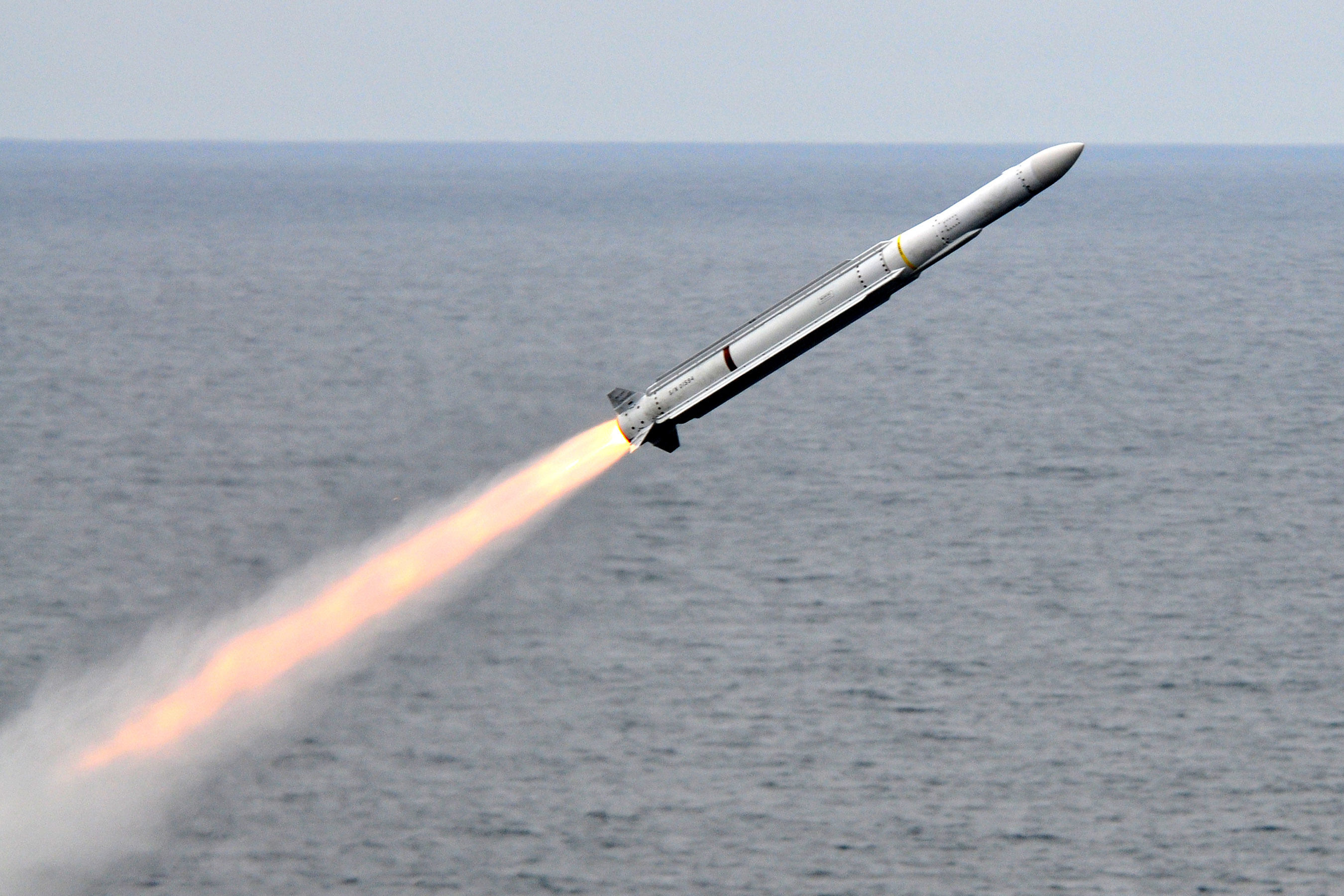
Advertisement
A Russian military expert, retired army colonel and former spokesman for the Defense Ministry says in a recently-published tabloid article that one asymmetrical response Moscow has taken to counter the massive amounts of money the U.S. spends on its military is to seed the Atlantic coastline of America with self-burrowing nuclear bombs.
In a recent article, published in the Russian paper Komsomolskaya Pravda, titled, “Trump-Pump-Pump And Our Big Bang,” Viktor Baranetz explained that Moscow is deploying “mole missiles” that “dig themselves in and ‘sleep’ until they are given the command” to detonate, thereby creating a massive tidal wave that would overwhelm certain major American coastal cities.
According to the Middle East Media Research Institute, which monitors such communiqués, a spokesman for the Kremlin, Dmitry Peskov, denied those claims, telling reporters who asked about the article, “This sounds strange, to say the least, and so I would suggest that you not take newspaper reports like this seriously.” (RELATED: Russia Planning To Field Defense-Evading Hypersonic Missiles By 2020)
However, Baranetz nevertheless stood by his claims and, to some observers, he seems credible.
“The U.S. is the permanent ‘world champion’ in the size of its military budget – almost $600 billion, which is 10 times more than Russia’s,” he wrote. “Even if we add together the military budgets of the top ten countries in the world, they would not reach the American budget! Now it turns out that even that is not enough for Donald Trump. He intends to increase defense expenditure by $54 billion. This money would be enough to maintain five Polish armies. Or 10 Ukrainian ones.”

He goes on to say that Trump is attempting to buy the loyalty and support of the U.S. military – a concept that may be necessary for Russia to maintain power, but one that does not apply to our military, which follows the orders of the commander-in-chief, regardless who he or she may be. And besides, most servicemen and servicewomen surveyed said they preferred Trump over his Democratic rival, Hillary Clinton.
Still, Trump does want to boost military spending, which the Pentagon says is necessary to rebuild and revitalize a force badly worn down and then neglected during the Obama administration. For their part, Baranetz and other Russian military officials believe that President Trump is being goaded into spending more on the U.S. military as a bulwark against the Russian armed forces, which they say are beginning to become a threat once more.
“Former Chief of the General Staff of the Russian Army Yuri Baluyevsky is certain that ‘the idea to increase defense expenditure was presented to Trump by the U.S. military, who argue a lot about the power of the Russian army, realizing this is an opportunity to get new money.’”
Fair enough. But how is Moscow planning to counter this new influx of cash, if it materializes, since it cannot hope to match U.S. military spending anytime soon?
Says Baluyevsky, “Russia will not compete with the U.S. in defense expenditure. We are in a different weight class. For us, the main question is how to ensure Russia’s defense at a lower cost. I am sure that we have already found asymmetrical responses. I don’t see a big problem here.”
Baranetz assures readers that the commanding general’s use of the term “asymmetrical response” isn’t just a fancy phrase. He goes on to say that one such response has been the development of nuclear warheads capable of modifying their course and height, thereby making it impossible for U.S. missile defense computers to lock onto them and destroy them. (RELATED: Geopolitical Observers See ‘World War III’ Developing Once More In Europe, As Civil Unrest Fears Grow)
“Or, for example, the Americans are deploying their tanks, airplanes and special forces battalions along the Russian border,” he wrote. “And we are quietly ‘seeding’ the U.S. shoreline with nuclear ‘mole’ missiles…
“Oh, it seems I’ve said too much. I should hold my tongue.”
Now, this could be carefully placed propaganda – or it could be 100 percent accurate. After all, a Russian spy vessel was spotted near the U.S. coast near a Connecticut sub base recently; could it have really been deploying “mole missiles?”
J.D. Heyes is a senior writer for NaturalNews.com and NewsTarget.com, as well as editor of The National Sentinel.
Sources:
Submit a correction >>
This article may contain statements that reflect the opinion of the author
Advertisement
Advertisements















